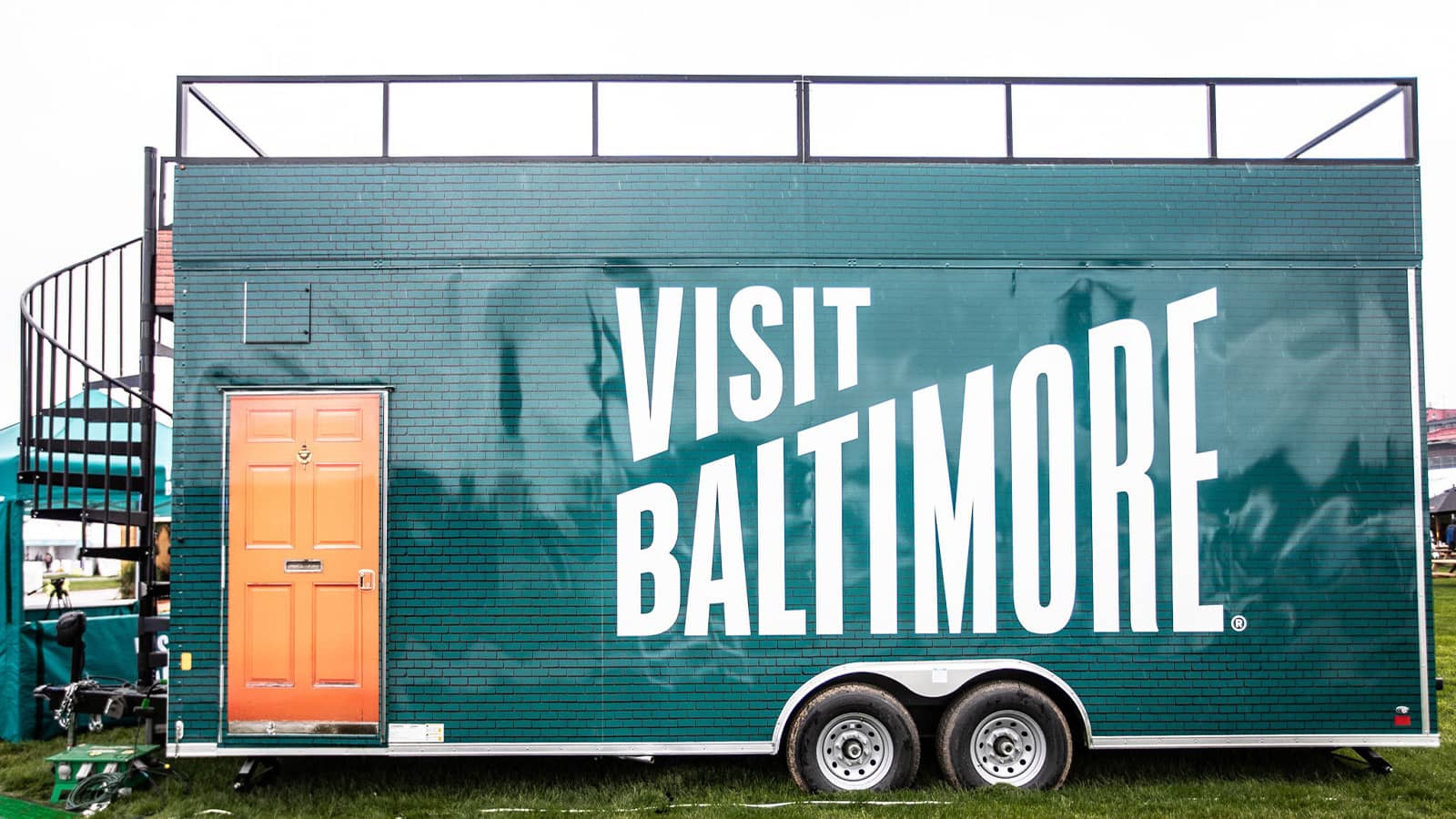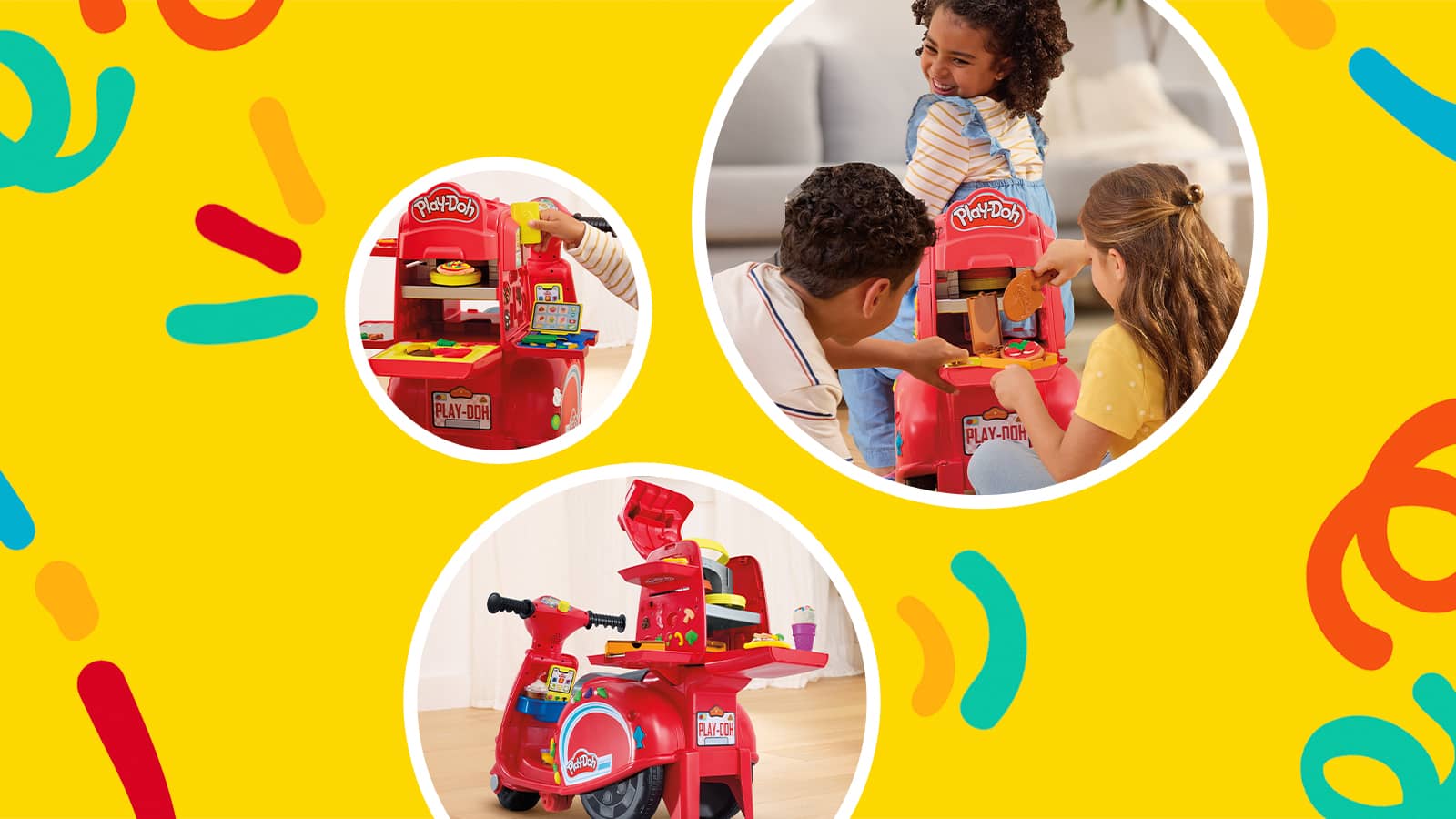For brands that want to do things differently.
We are Agents of Change.
Fuseideas is an integrated, full-service agency purpose-built to conquer inertia and drive meaningful progress for our clients.
What Defines Us
The SteelFire Griddle
We introduced Solo’s latest innovation, the first-ever commercial-grade griddle for backyard chefs, and demonstrated to the world how it will level up the way you cook.
A beastly rebrand
We were tasked with creating a full-funnel campaign that allows Killington to tell a compelling story as to why they are different from other mountains.


Community College of Rhode Island
Wellcome one and all.
We helped a community college elevate their brand and embrace the meaning of community.

Visit Baltimore
We took it on the road.
We changed how people experienced Baltimore. Then took it on the road.

Play-Doh X Papa Johns
Teaming up with two major brands
To launch the Play-Doh Pizza Delivery Scooter Playset in partnership with Papa John’s, we needed a campaign that helped two global brands share the spotlight.
Meet the clients who used change to achieve their goals



The future is Experiential: why moments matter more than ever
Across industries like travel & tourism, retail, entertainment, and health & wellness, success is no longer about pushing products or information. It’s about crafting experiences that people live, share and remember.